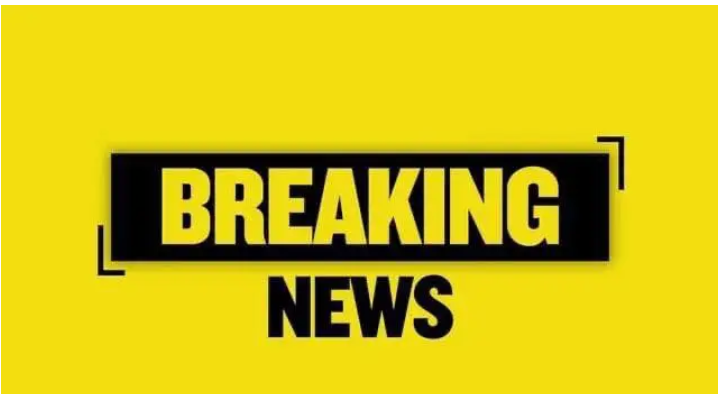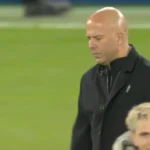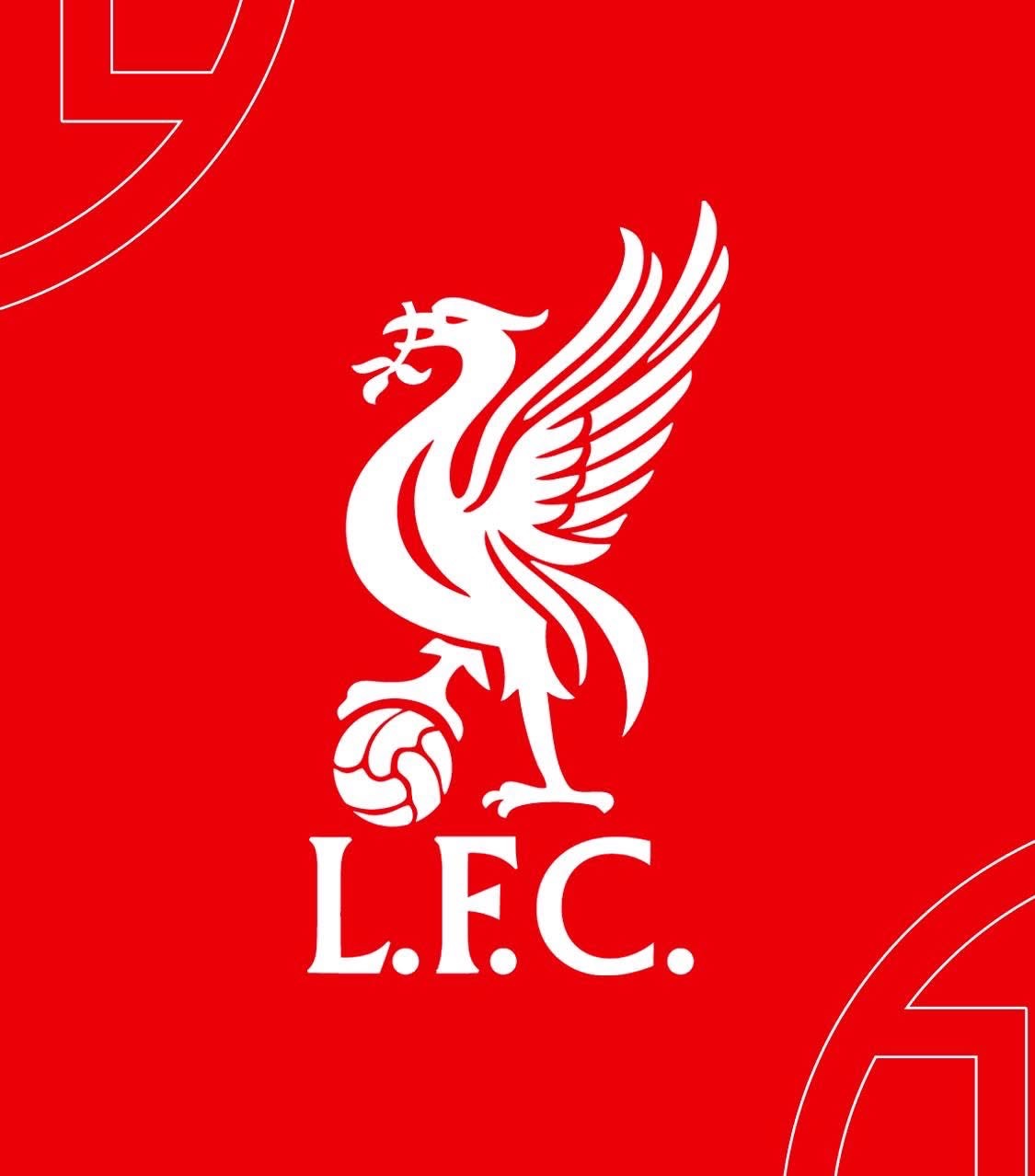The warning signs have been there for weeks, but yesterday’s performance made it impossible to ignore: one player is becoming a major obstacle to Liverpool’s progress. This isn’t about hate or scapegoating—it’s about confronting a reality that has been visible on the pitch for far too long.A few days ago, many dismissed concerns about his impact on the team, but the latest match exposed the issue in painful detail. He was directly responsible for more lost opportunities than any other Liverpool player. Each mistake disrupted the team’s rhythm, halted attacks, and shifted momentum to the opposition. Instead of being a stabilizing force, he became the catalyst for Liverpool’s collapse in a game they should have controlled.Liverpool fans are right to be frustrated. When a player repeatedly undermines the collective effort, the consequences go beyond a single match—they shape the season. A team competing at the highest level cannot afford a weak link, especially one whose errors consistently prove costly.But the problem doesn’t end with the player alone. The managerial setup under Arne Slot is also falling short. Tactical decisions lack clarity, adjustments arrive too late, and the squad looks increasingly disjointed. When poor performances become patterns, the responsibility naturally expands to the man on the touchline.If Liverpool truly want to evolve, restore their competitive identity, and avoid further decline, the solution must be bold. It’s not enough to simply change the manager or bench a struggling player. A decisive reset is needed—one that involves letting go of the individuals whose presence is now holding the team back.Liverpool’s ambitions are too high to tolerate stagnation. Tough decisions may be uncomfortable, but they are essential if the club is to regain its edge and move forward with purpose.
Liverpool’s Hidden Crisis: Why One Player and the Manager Must Go




